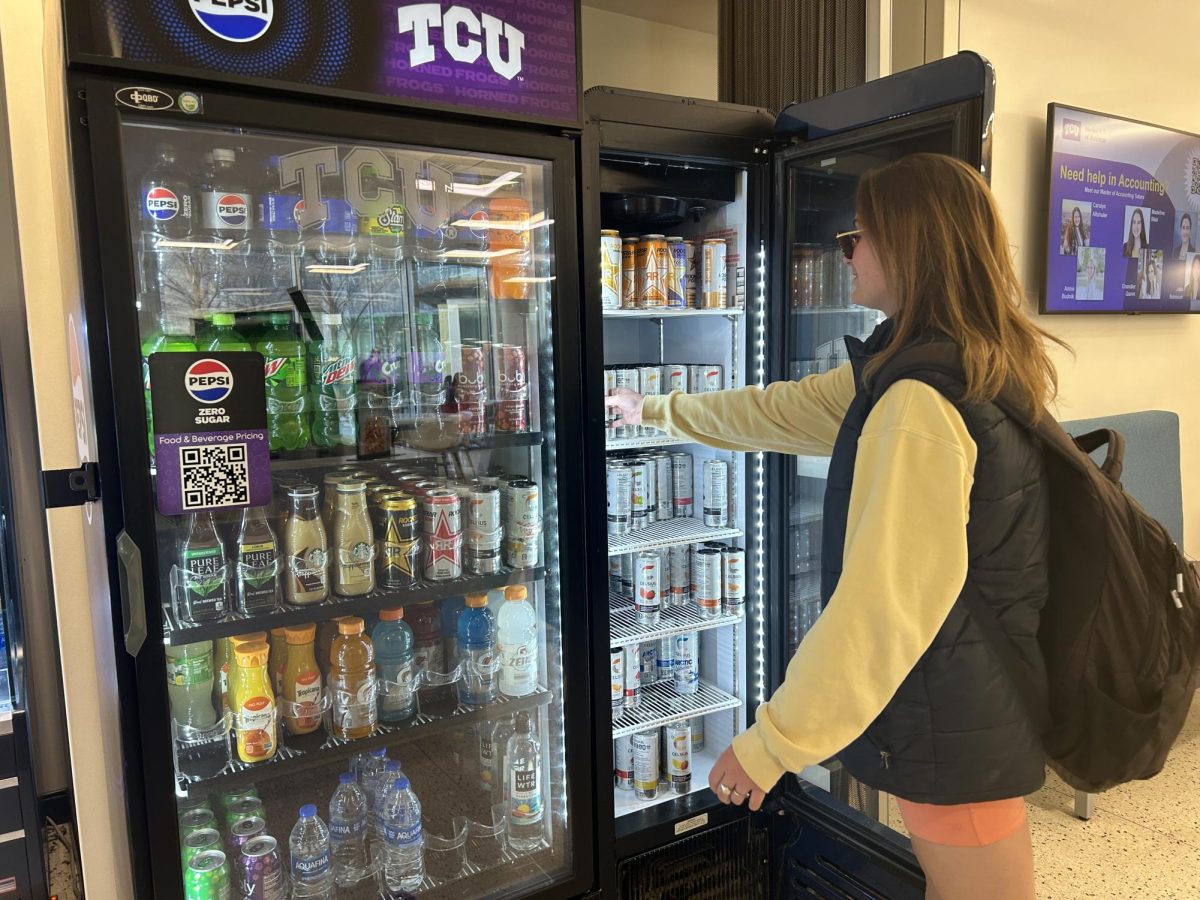Though the percentage of minority students in incoming classes has stayed the same for the past three years, there are still more minority students coming to the university because of the increase of the overall size of freshman classes, the dean of admissions said.
Ray Brown, dean of admissions, said the increase in total minority students does not show in the overall percentage because the overall class size is growing as well. Minority students have made up 20 percent of the student body for last three incoming classes.
According to The Chronicle of Higher Education, 2010 was the first time in the University of Texas’s history to have a freshman class that was less than 50 percent white. UT said its numbers for the freshmen class reflect the demographic shifts in Texas, according to the article.
Brown said that part of the reason UT has increased its number of minority students is due to the top ten percent rule, which requires Texas’s state-funded universities to accept all students who graduated in the top ten percent of their high school class.
Cristina Ramos, program coordinator for Inclusiveness and Intercultural Services, said the fact that UT was a public university should be considered.
“They’re much bigger,” Ramos said. “I think it’s an unfair comparison.”
According to documents provided by Brown, TCU saw an increase in every minority student category from fall 2006 through fall 2009, including: American Indian and Alaska Natives, Asian and Pacific Island Hawaiians, African Americans, and Latinos. The 2010 freshman class set record highs for both American Indian and Alaska Natives and Latinos.
Brown said the increase in the number of minority students can be credited to the university’s targeting programs that focus on the four categories of minority students.
“I’ll challenge anybody to find a school that is doing more,” Brown said. “We do stuff on the local level, on the state level and on the national level.”
On the local level, the Community Scholars Program has allowed the university to become a place where minority students feel welcomed, Brown said.
Ramos said Community Scholars Program was started because statistics showed that students in the Fort Worth Independent School District were not making the university their first choice due to cost. Students from FWISD schools who are accepted into the program during their senior year of high school receive a TCU scholarship, Ramos said.
As part of the scholarship program, students have individual advising with a staff member freshman through senior year, Ramos said. They must also do study hours, community service and be in at least one student organization on campus.
Cherise Patterson, a junior nursing major and a recipient of a scholarship in the Community Scholars Program, said the program made it possible for her to attend the university.
She said the most beneficial part was that it made her a more well-rounded person and allowed her to have experiences she would not normally have had in college. These experiences include plays, cultural events and workshops, Patterson said.
The Community Scholars Program is in its 10th year and has gone from being offered at seven FWISD schools to being offered at 11 high schools in both FWISD and the Dallas Independent School District.
Brown said that at the state level, the university has hosted Camp College for the past two years. Camp College is a week-long program for minority students in the summertime from Houston, San Antonio and Dallas.
Nationally, the university hosted a National Hispanic Institute program for five years before the program was moved to another campus, Brown said.
Brown said the university’s numbers for minority students were competitive with similar institutions around the country.
Patterson said that though the university is not as diverse as other campuses, her experience here was still a great one.
“You shouldn’t look at how many people go to a university that look like you, but how many people go to a university that are in a position in life that you want to be in someday,” Patterson said.
Percentage of minorities in incoming freshman classes,
Fall 2007-Fall 2010
2007 2008 2009 2010
American Indian/Alaska Native 0.6 percent 0.7 percent 1 percent 1.4 percent
Asian/Pacific Island Native Hawaiians 2.7 percent 3.5 percent 3.2 percent 1.9 percent
Black/African-American 5.7 percent 6 percent 5.4 percent 4.6 percent
Hispanic/Latino 9 percent 9.4 percent 9.7 percent 9.9 percent




